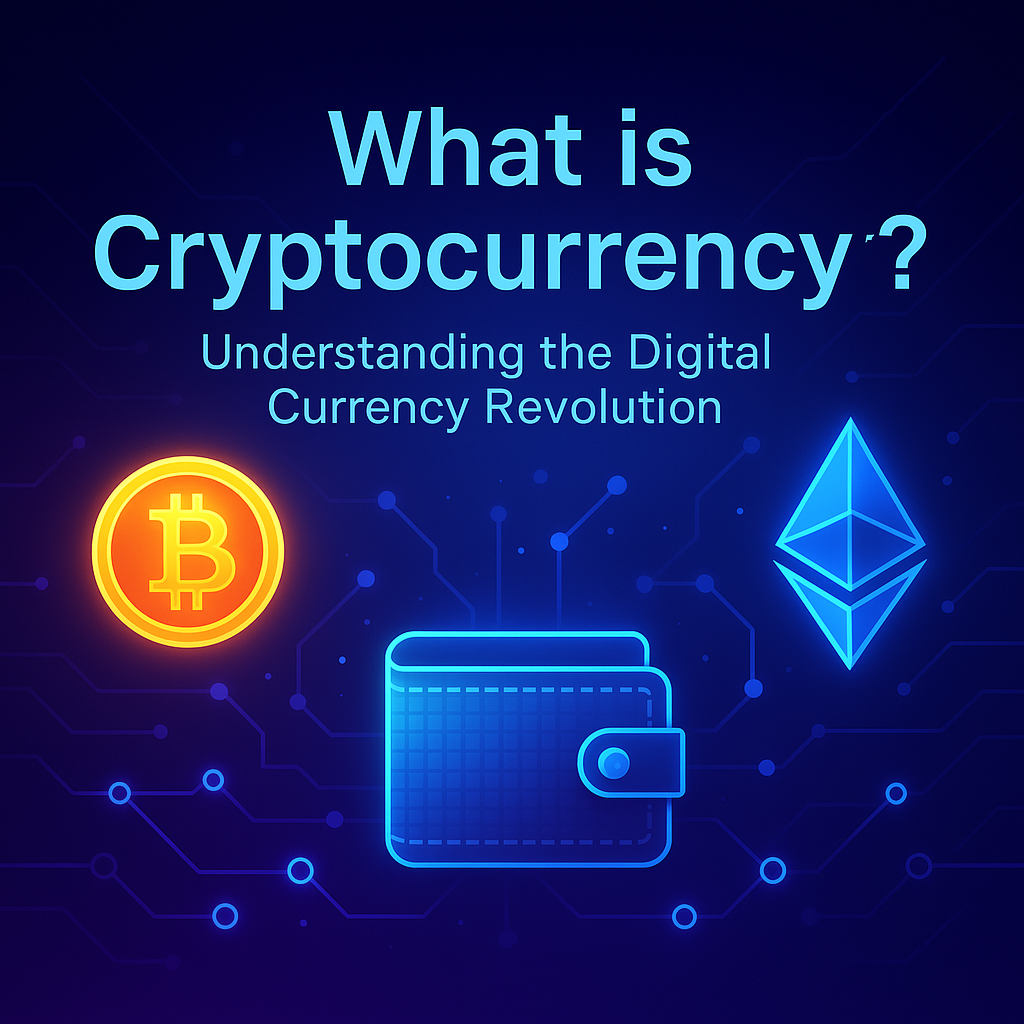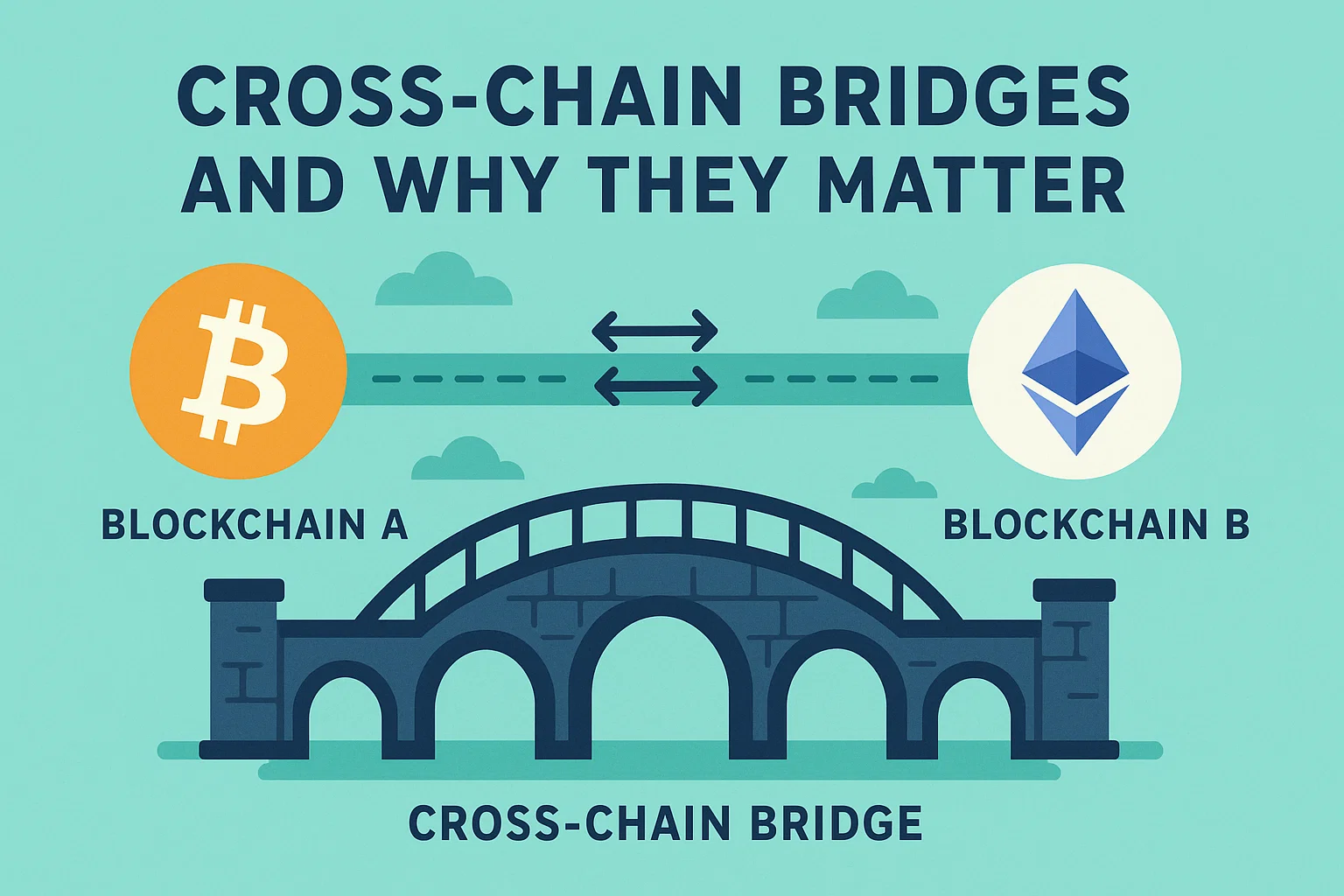Breaking News
Popular News




Enter your email address below and subscribe to our newsletter

As crypto matures, different blockchains like Ethereum, BNB Chain, and Solana have emerged — each with unique strengths. But they often operate in silos.
This is where cross-chain bridges come in. If you’re wondering cross-chain bridges and why they matter, this guide explains how they fuel the multi-chain future of crypto.
A cross-chain bridge is a protocol that allows users to move assets and data between different blockchain networks.
Imagine transferring ETH from Ethereum to Avalanche or moving USDT from Polygon to Arbitrum — bridges make this possible.
They connect isolated blockchain ecosystems, enabling communication and collaboration.
Bridges allow capital to flow freely between chains, increasing overall liquidity in DeFi.
Users can move assets to chains with lower gas fees or faster speeds depending on their needs.
Developers can build dApps that interact with multiple blockchains, not just one.
Many bridges use wrapped tokens or lock-and-mint mechanisms to ensure assets stay safe.
New blockchains can connect to existing liquidity by bridging tokens like ETH or USDC.
Cross-chain bridges are the backbone of Web3, enabling dApps to operate across ecosystems.
Most bridges operate in 2 ways:
Lock-and-Mint: Lock tokens on Chain A, mint equivalent tokens on Chain B (e.g., wETH on BNB Chain)
Burn-and-Release: Burn wrapped tokens on the destination chain, then release originals back on the source chain
Smart contracts, oracles, and validators ensure this process is secure.
While powerful, bridges are high-value attack targets. Notable hacks like:
🌉 Ronin Bridge Hack (2022) – $625 million
🌉 Wormhole Hack (2022) – $325 million
Tips to stay safe:
Use audited bridges
Avoid new, unaudited platforms
Never approve unknown smart contracts
A: Reputable bridges are safe, but they are often targets of exploits. Always verify audits and use trusted platforms.
A: Yes, usually a small fee for gas and service. Some also include slippage or bridge tax.
A: Tokens like wBTC or wETH are wrapped versions of native assets that exist on other blockchains.
A: Yes! NFT bridges allow digital assets to move across chains, though support is still limited.
A: Bridges like Wormhole, Stargate, and Synapse Protocol are among the most trusted in the ecosystem.
Now you understand cross-chain bridges and why they matter — they’re not just a convenience; they’re a necessity for blockchain’s future. These bridges unlock scalability, usability, and collaboration across the Web3 world.
Explore more innovations at bit2050.com — your hub for cutting-edge crypto insights.